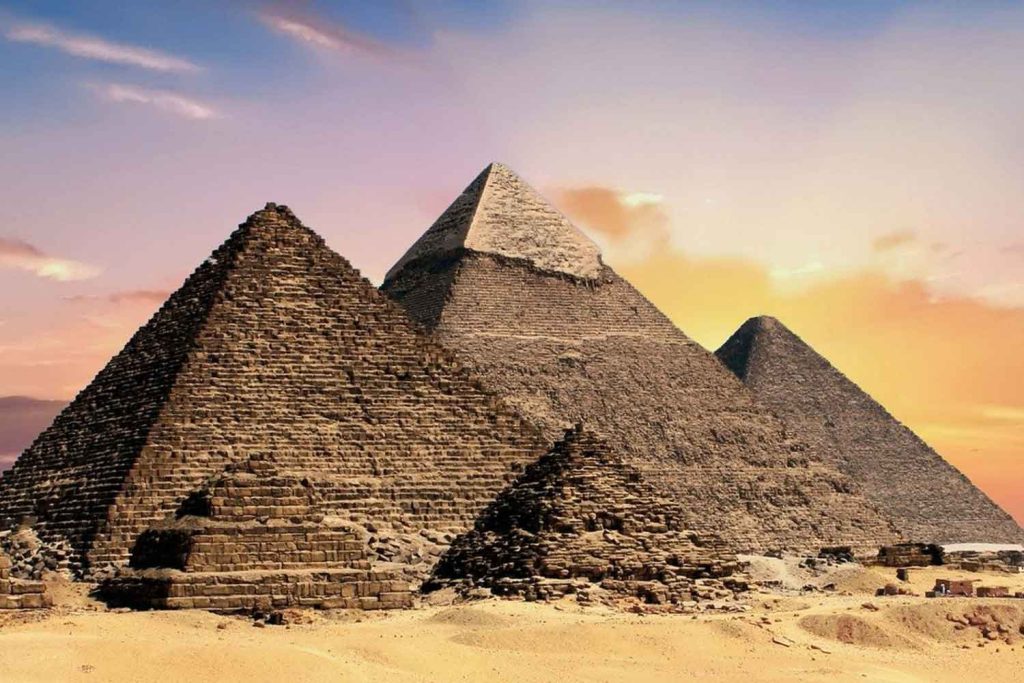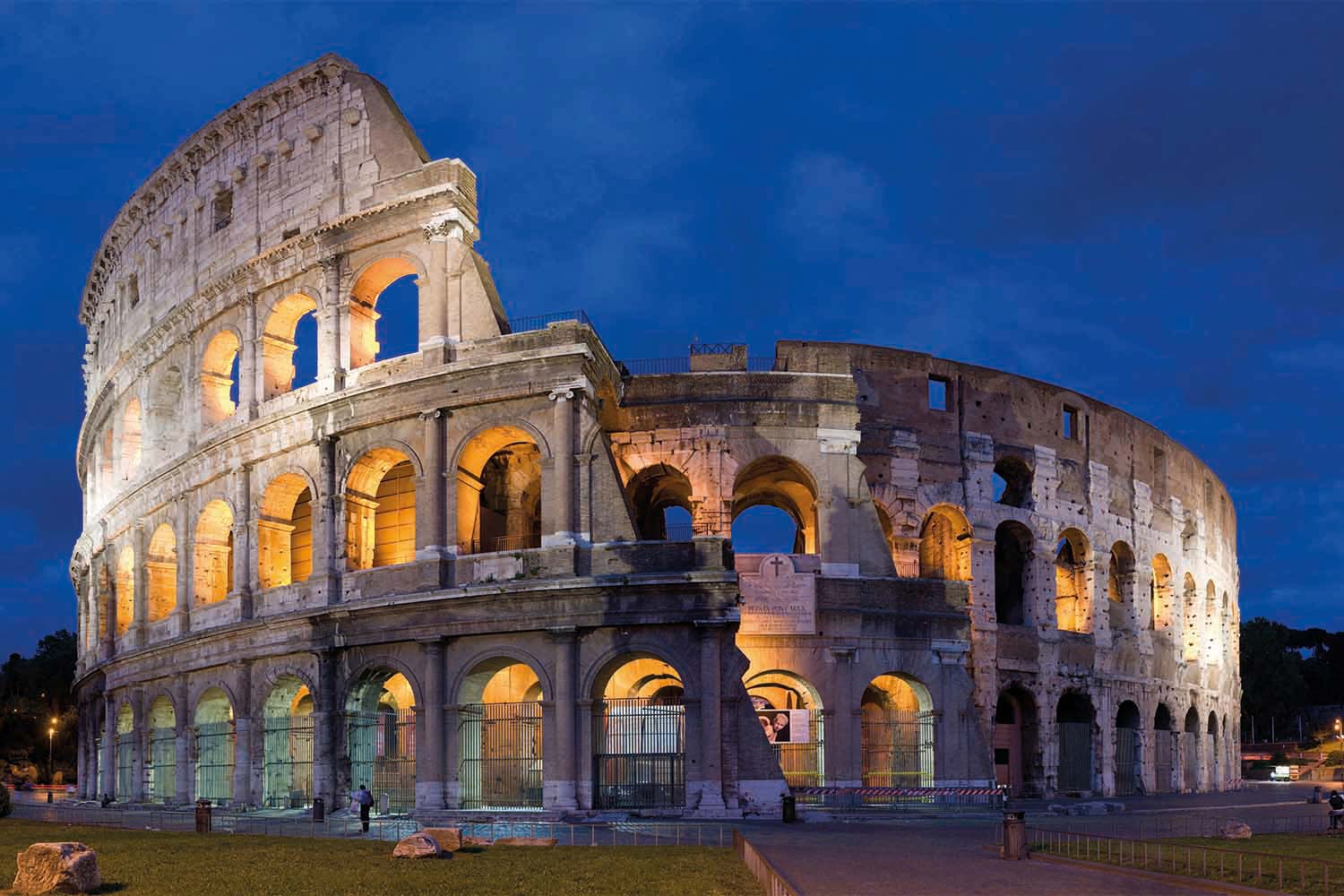Let’s discover how we can protect our cities and national identities.
The significance of preserving historical monuments and the conservation of heritage structures cannot be overstated when it comes to a city’s cultural and historical legacy. These iconic landmarks and buildings serve as defining symbols for cities and even entire nations. Notable examples include the Eiffel Tower in Paris, the Colosseum in Rome, the Kremlin in Moscow, and the Statue of Liberty in New York. Some monuments, such as the pyramids of Giza and the Great Wall of China, transcend city boundaries and become emblematic of entire nations, drawing hundreds of thousands of visitors, and contributing significantly to their economies and national identities.
Given their immense importance it becomes imperative to take measures to ensure the preservation of historical monuments. One of the ways to achieve this is through the implementation of advanced monitoring systems. Next Industries offers cutting-edge solutions for the preservation of historical monuments, including a range of data acquisition loggers, gateways, and sensors. These innovative tools play a crucial role in safeguarding the structural integrity and historical value of these monuments, thereby contributing to the continued conservation of our rich cultural heritage.
The Challenge of Ancient Monuments
The preservation of historical monuments and the importance of conserving heritage structures are paramount concerns in our rapidly changing world. With the advent of the Internet of Things (IoT), we now have powerful tools at our disposal to address these challenges and protect these invaluable assets more effectively than ever before.
Some of these historical structures, like the Colosseum or the Great Pyramid, have withstood the test of time for millennia, leading many to perceive them as virtually indestructible. However, this perception is far from reality. Factors such as air pollution and climate change can exert a significant impact on these structures over time. Air pollution, in particular, poses a threat as it can lead to structural damage. Likewise, climate changes, including increased precipitation and elevated temperatures, can gradually erode these architectural treasures.
The key to mitigating these threats lies in environmental monitoring through the use of advanced sensors. By continuously monitoring air pollution, climate fluctuations, and other environmental variables, we can gain a comprehensive understanding of the conditions that historical monuments and heritage structures are exposed to. This real-time data allows us to identify potential issues and take preventive measures before they lead to irreversible damage, ensuring the preservation of these precious historical landmarks for generations to come.

Monitoring Modern Impacts
The preservation of historical monuments and the importance of conserving heritage structures are crucial efforts, especially considering the ever-evolving environments surrounding these cherished heritage assets. Many of these structures have witnessed significant transformations in their surroundings since their original construction, posing potential risks to their stability.
Changes in the environment, such as excavations for new buildings and roads, can lead to subsidence issues for historical monuments. Furthermore, the vibrations generated by heavy traffic passing nearby can also pose a threat to the structural integrity of these iconic landmarks. To address these concerns, the implementation of advanced monitoring techniques, including vibration monitoring through sensors like inclinometers, is essential. These sensors can detect any adverse impacts on the structures, enabling proactive measures to be taken before any damage occurs.
While ancient monuments predominantly feature stone construction, more contemporary structures like the Statue of Liberty and the Eiffel Tower may employ different materials, such as metal. Metal structures are susceptible to corrosion, which, if left unchecked, can eventually compromise their stability. By continuously monitoring the condition of these iconic monuments, we can ensure their preservation well beyond their expected lifespans, safeguarding these cultural treasures for the benefit of future generations.

Managing our Heritage Assets
The preservation of historical monuments and the importance of safeguarding our cultural and historical heritage are critical endeavors in today’s world. Modern technology plays a pivotal role in achieving these objectives, and Next Industries stands at the forefront of these innovative efforts. Our compact, wireless, low-power, and rugged sensors are designed to operate seamlessly in both indoor and outdoor settings.
These state-of-the-art sensors are unobtrusive and non-invasive, making them exceptionally well-suited for use in even the most sensitive of environments. Established in 2014, we are a dynamic company committed to the protection of our most ancient heritage assets. We invite you to explore our solutions and applications pages, where you can find compelling case studies showcasing our contributions to the preservation of historical monuments and the conservation of heritage structures.
